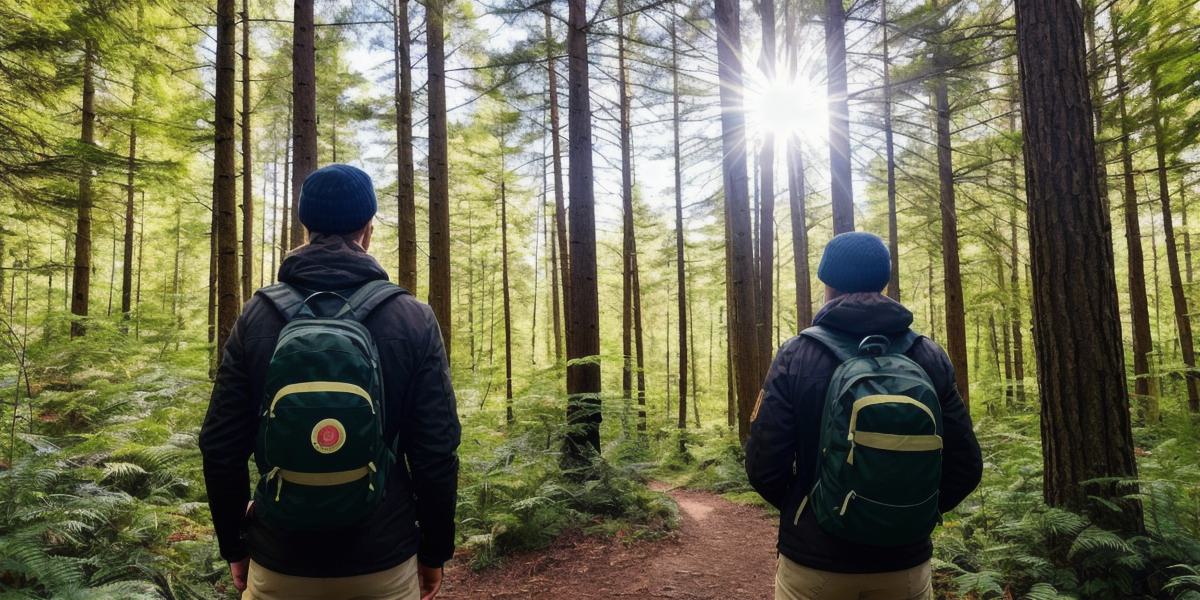Introduction:
Getting lost can happen to anyone, regardless of their sense of direction or level of preparation. Whether you’re traveling on a foreign trip, hiking in the wilderness, or simply taking a walk in an unfamiliar area, it’s important to know how to find your way when you’re lost. In this article, we will provide you with a step-by-step guide on how to navigate and find your way back to safety.
Step 1: Stay Calm
The first thing you need to do when you feel lost is to stay calm. Panicking can cloud your judgment and make it harder for you to think clearly. Take deep breaths and remind yourself that getting lost happens to everyone, and with the right mindset and tools, you can find your way back home.
Step 2: Assess Your Situation
Take a moment to assess your current situation. Consider where you are, what direction you’re heading in, and any landmarks or features around you. This will help you determine which way to go and how far you need to travel to reach your destination.
Step 3: Use GPS and Other Navigation Tools
If possible, use GPS and other navigation tools to help guide you back to safety. These tools can provide you with turn-by-turn directions, traffic updates, and estimated times of arrival. If you don’t have access to GPS or a smartphone, there are still plenty of old-fashioned navigation tools available, such as maps and compasses.
Step 4: Ask for Help

Don’t be afraid to ask for help if you need it. Whether you’re asking a passerby for directions, hailing a taxi or calling for roadside assistance, there are many ways to get help when you’re lost. Be polite and clear in your request for assistance, and try to provide as much information as possible about your location and situation.
Step 5: Take Breaks When Needed
Navigating through unfamiliar territory can be tiring, so it’s important to take breaks when needed. Find a shady spot to rest, have some water or snacks, and take a few deep breaths to recharge your energy. This will help you stay focused and make it easier for you to continue on your journey.
Step 6: Trust Your Instincts
While following directions is important, don’t be afraid to trust your instincts if something feels off. If you feel like a certain road or path doesn’t seem right, or if you see something that makes you think you’re headed in the wrong direction, it’s okay to turn back and try another route. Trusting your gut can sometimes lead you to the safest and most efficient way to get back home.
Conclusion:
Getting lost is a common experience, but with the right mindset and tools, you can easily navigate through unfamiliar territory. By staying calm, assessing your situation, using GPS and other navigation tools, asking for help when needed, taking breaks when needed, and trusting your instincts, you’ll be well on your way to finding your way back home safely and efficiently.



